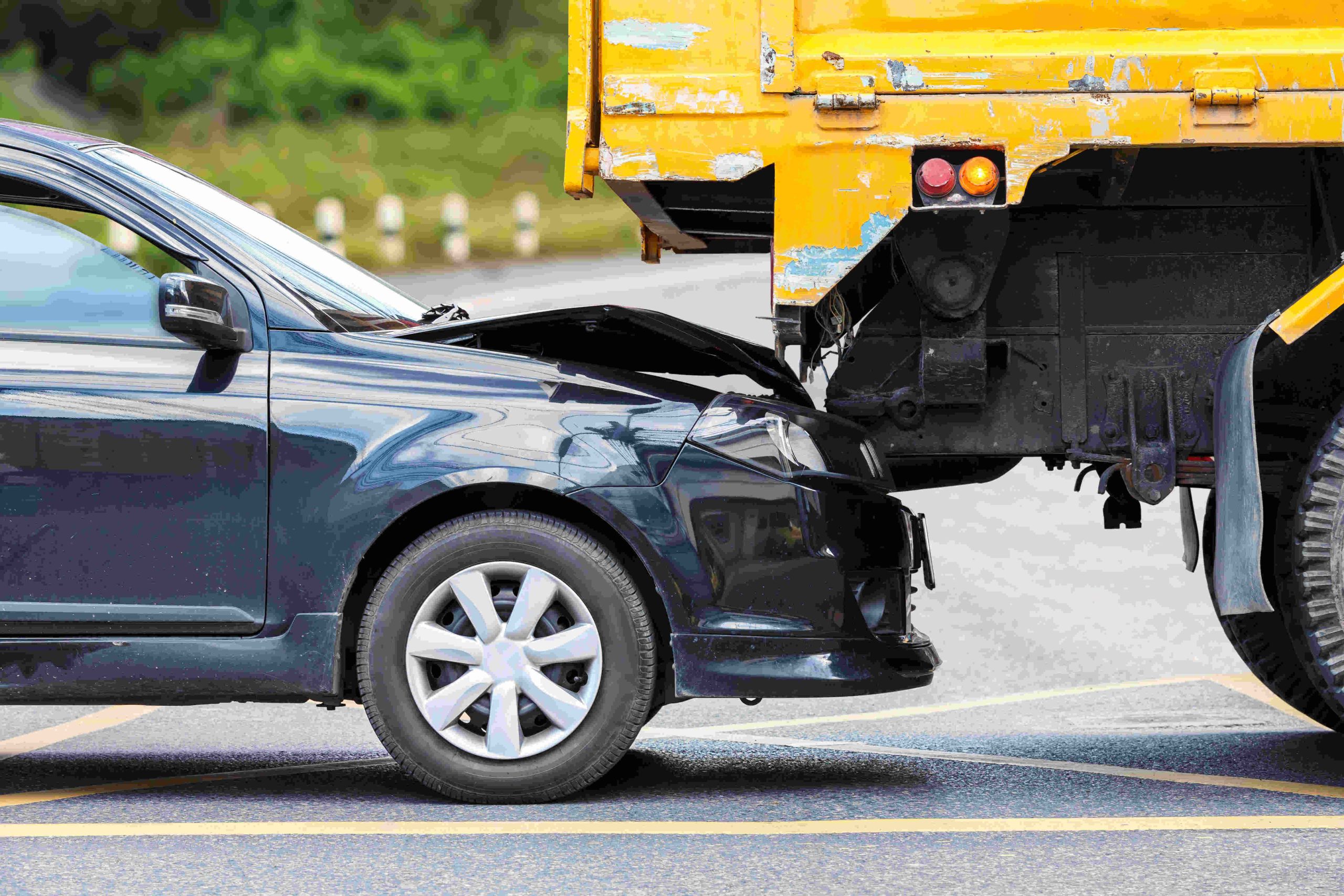When it comes to road safety, weather conditions play a significant role in influencing the likelihood of accidents. Understanding how various weather patterns impact driving can help in both preventing accidents and managing their legal aftermath. This article provides an in-depth look into the effects of weather on truck and car accidents, offering valuable legal insights for those involved in such incidents.
Understanding the Role of Weather in Road Accidents
Weather conditions can drastically alter the safety of roadways. Rain, fog, snow, and ice introduce various hazards that can impair a driver’s ability to navigate safely. Adverse weather conditions affect vehicle performance, visibility, and road traction, increasing the risk of accidents.
- Rain: Wet roads reduce tire traction, increasing the chance of skidding and hydroplaning. Drivers may struggle to maintain control, particularly at high speeds or in sharp turns.
- Fog: Low visibility caused by fog can make it difficult to see other vehicles and obstacles on the road. Fog often leads to rear-end collisions and multi-vehicle pileups.
- Snow and Ice: Snow and ice create slippery surfaces, leading to a higher risk of vehicles sliding uncontrollably. Accidents due to icy roads are common, especially in regions unaccustomed to winter weather.
Understanding these factors is crucial for both preventing accidents and determining liability in the event of a crash. For those seeking legal representation, consulting with a Los Angeles car accident attorney can provide guidance through the complexities of weather-related claims.
Common Weather Conditions That Increase Accident Risks
Each type of weather condition presents unique challenges for drivers:
Rain and Wet Roads
Driving in the rain increases the risk of hydroplaning, where a layer of water between the tires and the road reduces traction. This can lead to loss of control and collisions. Additionally, rain can exacerbate existing road hazards such as potholes and debris, making them more difficult to avoid.
Fog and Poor Visibility
Fog can reduce visibility to near zero, making it difficult to judge distances and see other vehicles. Drivers may fail to notice slower-moving traffic or obstacles, resulting in accidents. Drivers need to use fog lights and reduce speed to mitigate these risks.
Snow and Ice
Snow and ice can transform roads into hazardous surfaces. Vehicles may struggle to stop or maneuver, especially when brakes lock up on icy patches. Snow accumulation can also obstruct visibility and impede traffic flow. Winter tires and cautious driving are crucial for safety.
Wind and Storms
Strong winds can affect vehicle stability, particularly for high-profile trucks. Storms may cause debris to be blown onto roads, creating additional hazards for drivers. Awareness of weather forecasts and road conditions can help drivers prepare and avoid dangerous situations.
Legal Responsibilities of Drivers in Adverse Weather
Drivers have a legal obligation to operate their vehicles safely, regardless of weather conditions. This duty includes:
- Adjusting Speed: Drivers must reduce their speed in adverse weather conditions to maintain control of their vehicle.
- Maintaining Safe Distance: Increasing the following distance can help prevent rear-end collisions in slippery conditions.
- Using Proper Lights: Headlights and fog lights should be used appropriately to enhance visibility.
Failing to adapt driving practices to weather conditions can be considered negligence. If an accident occurs due to a driver’s failure to adjust to the weather, they may be held liable for damages. Consulting with a truck accident lawyer in Los Angeles can provide additional legal support if involved in such cases.
Liability in Weather-Related Accidents: Who is at Fault?
Determining fault in weather-related accidents can be complex. Factors include:
- Driver Behavior: If a driver’s actions contributed to the accident despite adverse weather, they may be held liable. For example, speeding or aggressive driving in rain or snow can be seen as negligence.
- Road Conditions: Sometimes, poor road maintenance can contribute to accidents. If road conditions are poorly managed by authorities, they may share responsibility for accidents.
- Vehicle Maintenance: Mechanical failures due to lack of maintenance can also play a role. If a vehicle’s failure contributed to the accident, the driver or owner might be held accountable.
A detailed investigation, including weather reports, witness statements, and expert opinions, is often necessary to establish fault. Engaging with a personal injury lawyer in Los Angeles can help navigate these complexities and build a strong case.
How Insurance Companies Handle Weather-Related Claims
Insurance companies assess weather-related claims based on:
- Damage Assessment: Adjusters evaluate the extent of damage caused by weather conditions. They consider factors such as the severity of the weather and the impact of the accident.
- Policy Coverage: The type of insurance policy can affect coverage. Comprehensive coverage often includes weather-related damages, while liability coverage may not.
- Driver Responsibility: Insurance companies investigate whether the driver was at fault due to failure to adapt to weather conditions.
Understanding how insurance companies handle these claims can influence the outcome of your case. It is beneficial to work with legal professionals who can advocate for your interests and ensure you receive fair compensation.
